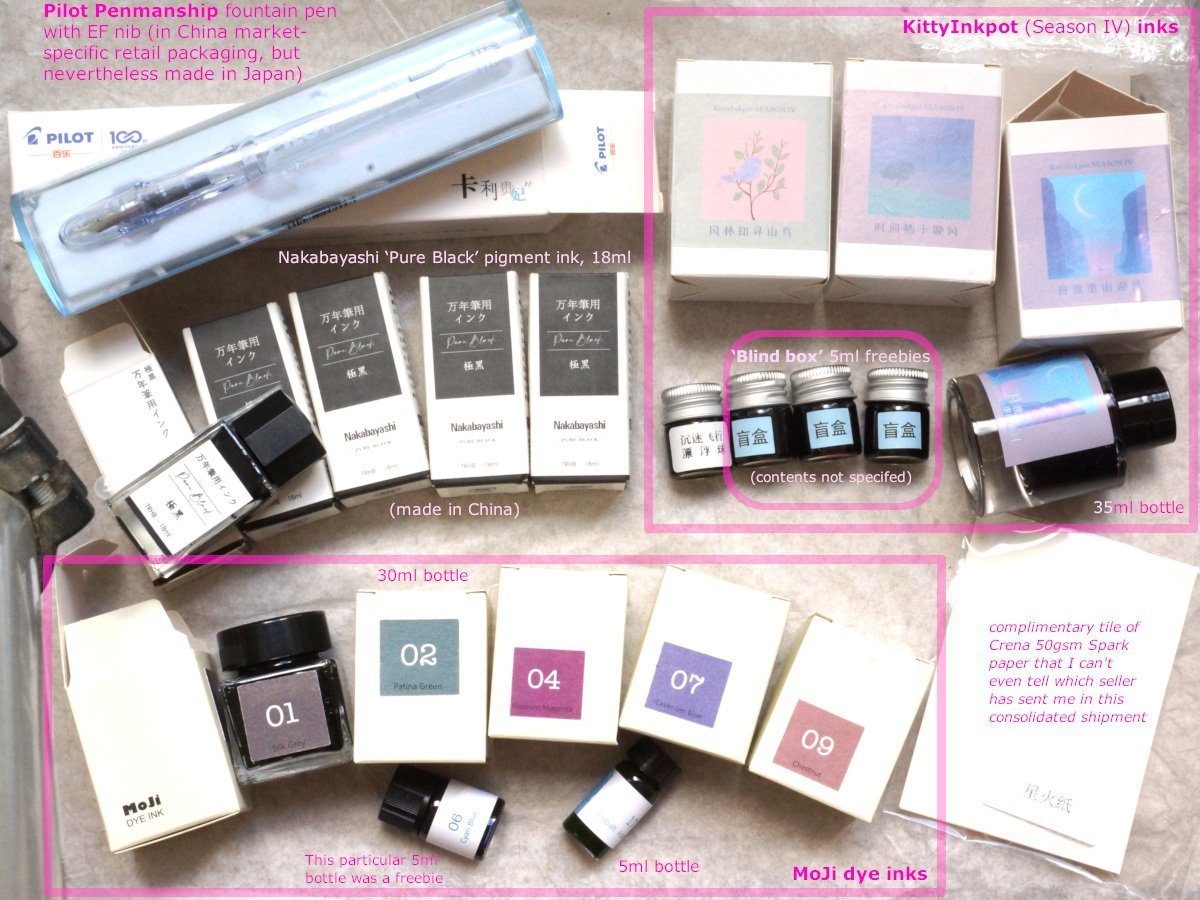Preserving Your Fountain Pen Ink Collection: Tips and Concerns
-
Forum Statistics
354.7k
Total Topics4.6m
Total Posts -
Member Statistics
127,656
Total Members4,236
Most OnlineNewest Member
KevinHer
Joined -
Images
-
Albums
-
USG 6
- By USG,
- 0
- 0
- 56
-
Monthly Ink Challenge III
- By InesF,
- 1
- 0
- 47
-
First look
- By A Smug Dill,
- 3
- 46
-
Shades of colour
- By A Smug Dill,
- 17
- 40
-
Paper products
- By A Smug Dill,
- 3
- 43
-















.thumb.jpg.f07fa8de82f3c2bce9737ae64fbca314.jpg)



.thumb.jpg.331e554113c33fb39d5bf3233878978a.jpg)





Recommended Posts
Create an account or sign in to comment
You need to be a member in order to leave a comment
Create an account
Sign up for a new account in our community. It's easy!
Register a new accountSign in
Already have an account? Sign in here.
Sign In Now